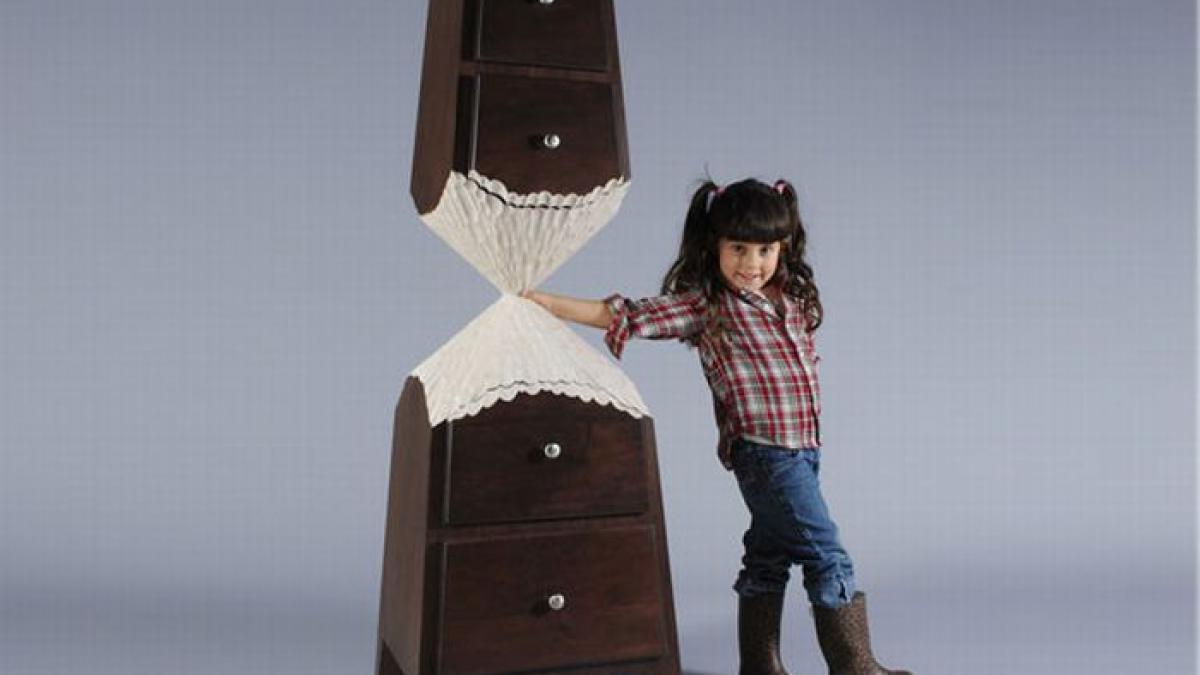How can I protect my new furniture design from being copied?

Customer Question
Most furniture designs seem to be copies of other designs. Is there any way to protect an original design?
A true story — Many years ago I was at the International Home Furnishings Market in High Point, North Carolina. At the time I was a buyer for a major furniture retail chain.
- I was in an elevator and overheard a conversation between two sales reps for a large, well known furniture manufacturer. They were speaking about a particular new product, introduced by a rival brand, that had generated tremendous excitement on the opening day of the 10 day Market.
- The discussion was about how their factory people were working overnight to produce a copy of this exciting new product and whether it would it would be ready by the following day.
- The sales reps were also speculating on how much cheaper their version would be.
It is almost impossible for an individual designer or inventor to protect a furniture design.
Large companies can afford patent protection.
-
Patents can take 3 or more years to be approved by the patent office.
-
The cost for a single patent can exceed $20,000.
-
Truly innovative designs often require multiple patents.
- The cost of obtaining a U.S. patent is minimal compared with the cost of getting worldwide protection.
-
I had a friend who was a starting level examiner for the U.S. Patent & Trademark Office. He once told me that he had no authority to approve patent applications.
- His instructions were to always find reasons to initially reject every application that came across his desk.
- Approvals could be made only by higher level (more experienced) examiners.
My highly experienced patent attorney confirmed this. He stated that he had never had a patent application approved without first being rejected, usually multiple times.
- If a patent is approved too quickly, it is an indication that the claims were so narrow that the patent would have little or no protection value.
- Broad claims, covering multiple alternative versions of the design, provide the best protection, but are also far more expensive to defend if a patent is litigated.
The cost of defending patent(s) against potential infringement (copying) is beyond the financial resources of individuals.
-
It is also beyond the financial capabilities of most small and mid-size companies.
-
Whether you win or lose, the cost of defending a patent through litigation will run well over $1 million dollars.
Large corporations know that individuals and smaller companies cannot afford to defend their patents.
-
As a result, there will be little hesitation to copy a design that they like.
-
Or the large company will simply file their own patent, knowing the original designer cannot afford to challenge them.
Design patents are far less expensive than utility patents, but they are also far easier for anyone to design around.
The most (financially) successful designers license their designs to large corporations who can afford to defend the patents.
- The more commercially successful a design is, the greater the chance that your licensee will try to find a way to void or renegotiate the license agreement.
In 1993 my design firm licensed 5 utility patents for furniture designs to a huge corporation that owned 20 different furniture manufacturers.
- Over three years, the manufacturer sold $25 million of furniture made with my company’s patented designs. My partners and I received over $500,000 in royalties and consulting fees over that period.
- After those three years, the corporation sold all of its furniture companies, including the one that made our designs.
- A couple of years later we discovered that our licensee had filed for their own patents (which were almost identical to ours) very soon after beginning to make the furniture. They abandoned the applications only after selling off their furniture companies.
There will always be customers for good high quality original designs, even if they are subsequently copied by low cost imitators.
- Don’t obsess about trying to protect your designs if you are only interested in making and selling the furniture yourself.
-
It is extremely expensive to get “good” patents that will stand up to litigation and it is prohibitively expensive to actually defend them.
Patents do have value to large corporations that can afford to enforce the patent rights.
The best reason for getting patent protection is if you plan to license or sell your designs (or your company) to a large corporation.
- Be very careful to make sure that the license agreement stipulates you are not personally responsible for paying any potential patent litigation costs.
- Also make sure that your royalties are based on sales, not profits. Businesses have an unlimited number of methods for making a specific product appear unprofitable if it saves them money.
My father, a patent attorney for over 50 years, once told me that in the history of U.S. patents he knew of only one case where an independent designer took on major corporations for patent infringement and actually won his case (without first reaching a settlement.)
That was the inventor of the adjustable speed windshield wiper. He spent over 20 years in litigation and spent more than $10 million in legal fees. Ultimately, he was awarded $50 million in compensation from 2 auto manufacturers.
The photo shown above is the Beaver Chest by Judson Beaumont.
Ask the Furniture Expert